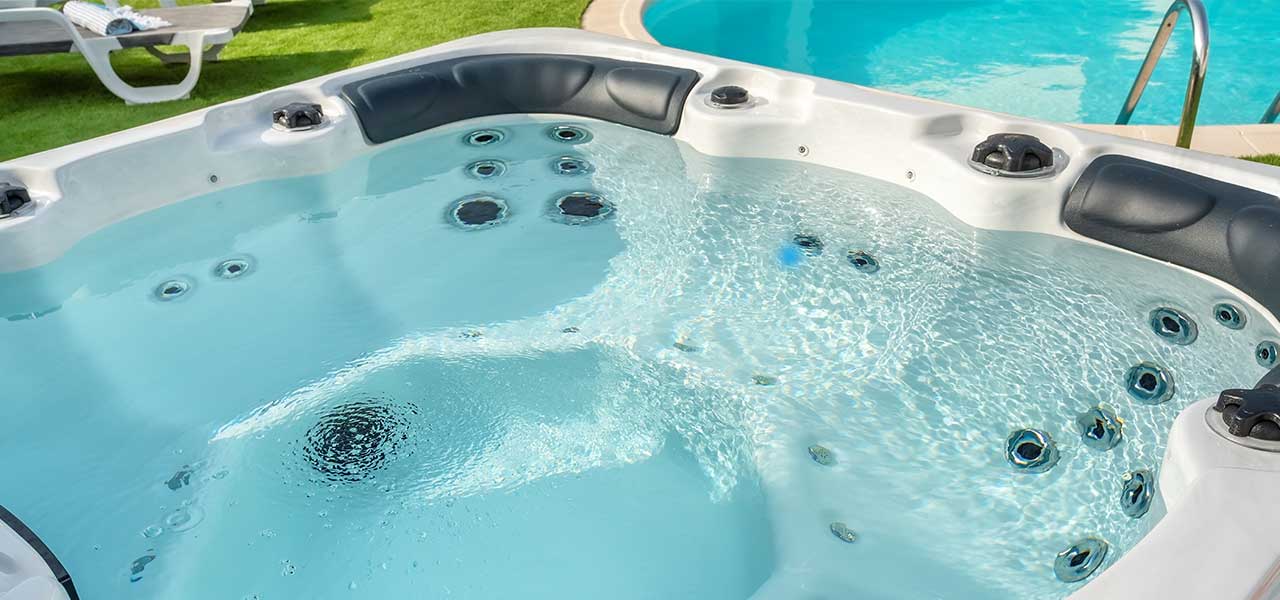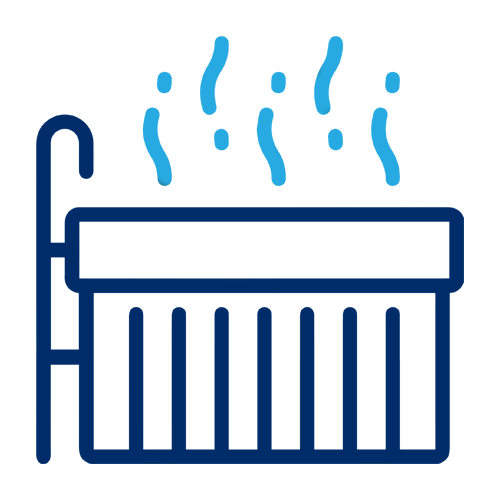FREE Standard Shipping On All Orders $100 or More!*

Hot Tub Hyperthermia
At In The Swim, we love hot tubs and spas, and know that a lot of our pool owner customers also own hot tubs. With pool season winding down and hot tub season picking up, our thoughts turn to hot water, very hot water, in this case.
Though it’s not a topic that garners a lot of attention, heat strokes do claim lives. According to the Centers for Disease Control and Prevention (CDC), approximately 1220 people in the United States are killed by extreme heat every year. While most heat stroke cases do not occur in a hot tub, it can happen.
It doesn't happen all at once, most victims of hyperthermia pass through several stages of heat-related symptoms - heat fatigue, heat exhaustion, and heat stroke.
Heat Fatigue

- Excessive sweating
- Cramps, spasm, or pain
- Headaches or light-headedness
Heat Exhaustion
- Cold, pale, wet skin and heavy sweating
- Fast, yet weak pulse
- Nausea, vomiting, or diarrhea
- Strong thirst, difficulty with focus
- Headaches, dizziness, weakness
Heat Stroke
- Hot, red or dry skin
- Fast, deep breathing
- Disorientation or confusion
- Blurred vision, lack of coordination
- Fainting or losing consciousness
What You Should Know

The maximum hot tub temperature for healthy adults is 104° F. Higher temperatures can happen with a malfunctioning thermostat or a homemade hot tub, without proper safety controls installed.
Hot tub temperatures above 104° can raise the internal body temperature too high, and can progress from feeling light-headed or dizzy, to fainting or passing out. Losing consciousness while using a spa or hot tub can lead to drowning.
Using alcohol or drugs while in a hot tub can exacerbate issues of overheating, dehydration and fainting, while increasing heart rates and respiration levels.
Pregnant women should avoid hot tubs due to the effects that high temperatures can have on an unborn child. Use of high temperature spas and saunas have been shown to increase the rates of certain birth defects. Soaking in lower temperature water of 98° - 99° is generally considered safe, however.
Small children should also avoid using hot tubs at 104° primarily because children can overheat and dehydrate faster than adults. Open the spa cover and turn down the thermostat to 100°. After cooling, check your hot tub thermometer before the children enter the water.
Hypertensive people, or those with high blood pressure or heart disease conditions are also encouraged to soak at temperatures less than 100°. Higher water temperatures can elevate blood pressure by dilating blood vessels.
Limited soaking time is the another way to avoid overheating in the hot tub. Hot tub sessions should last no more than 10 or 15 minutes.
Be careful exiting a spa as it is common to feel lightheaded, and cold and uncomfortable when standing up and getting out of a spa. Be sure to use a spa handrail and spa step carefully when your head is light and your legs like rubber!